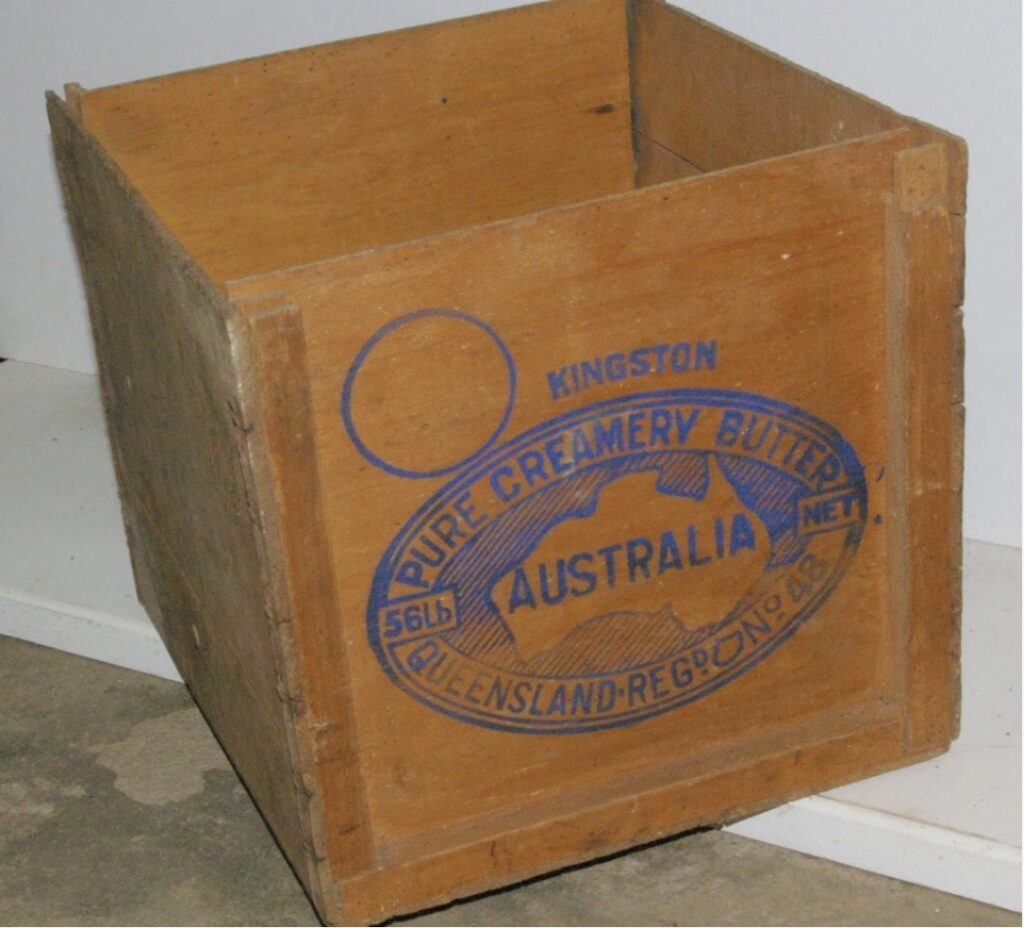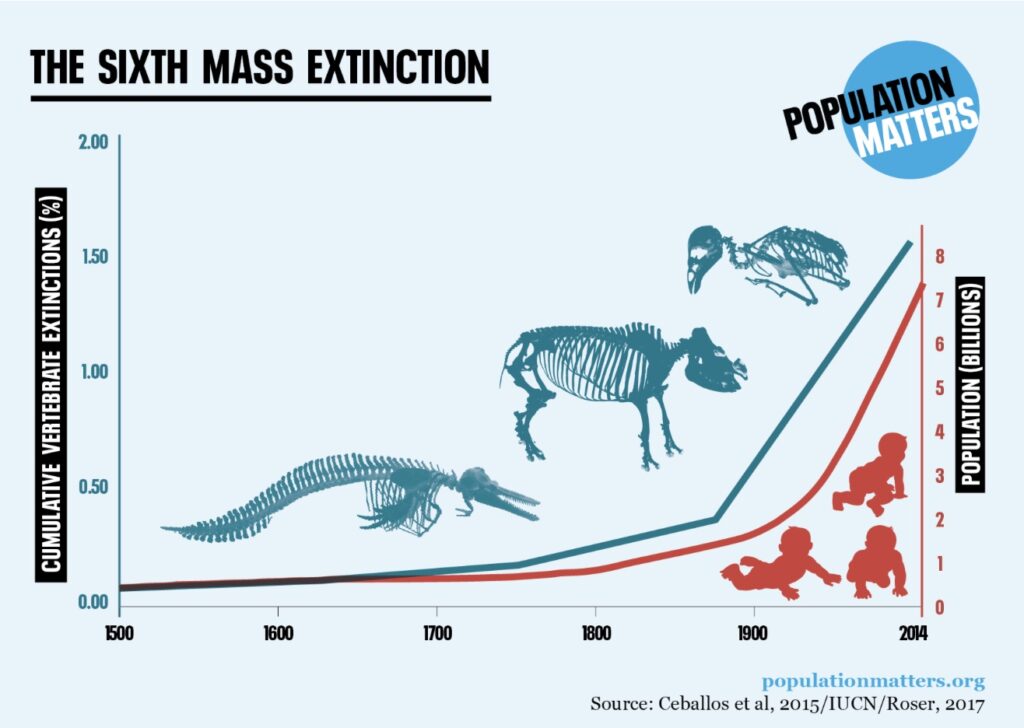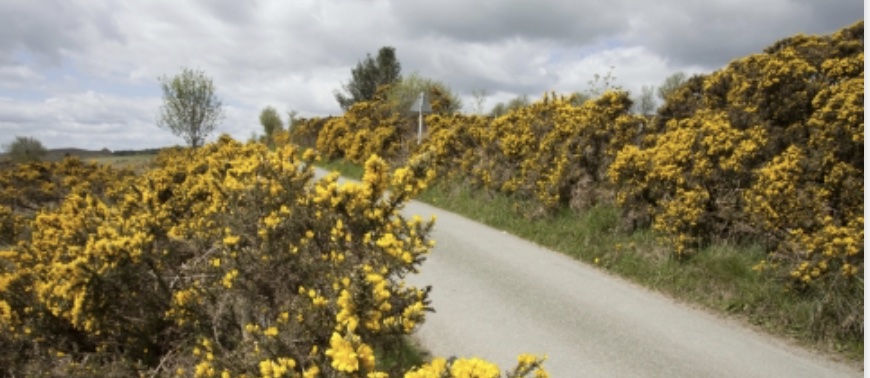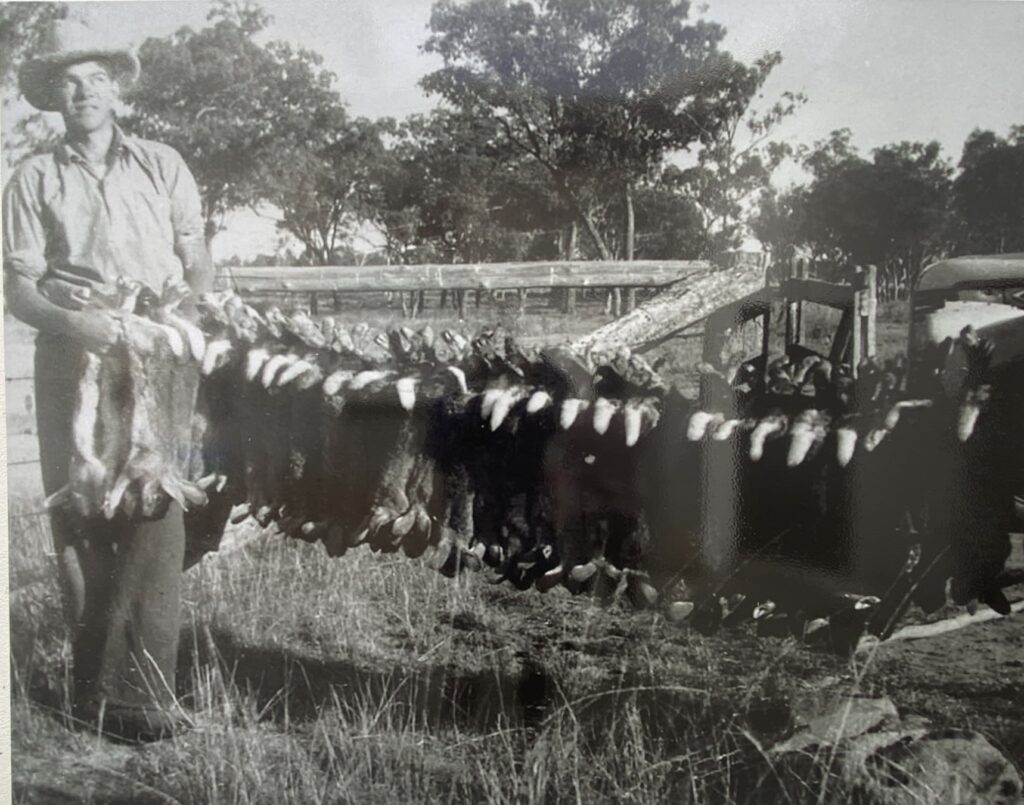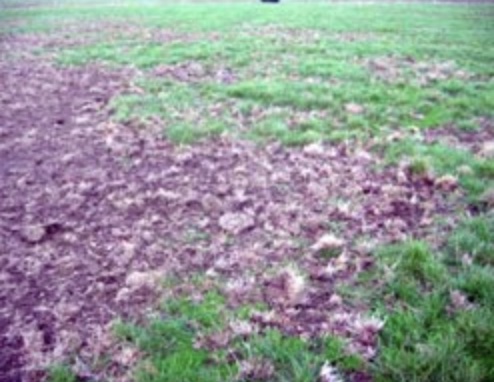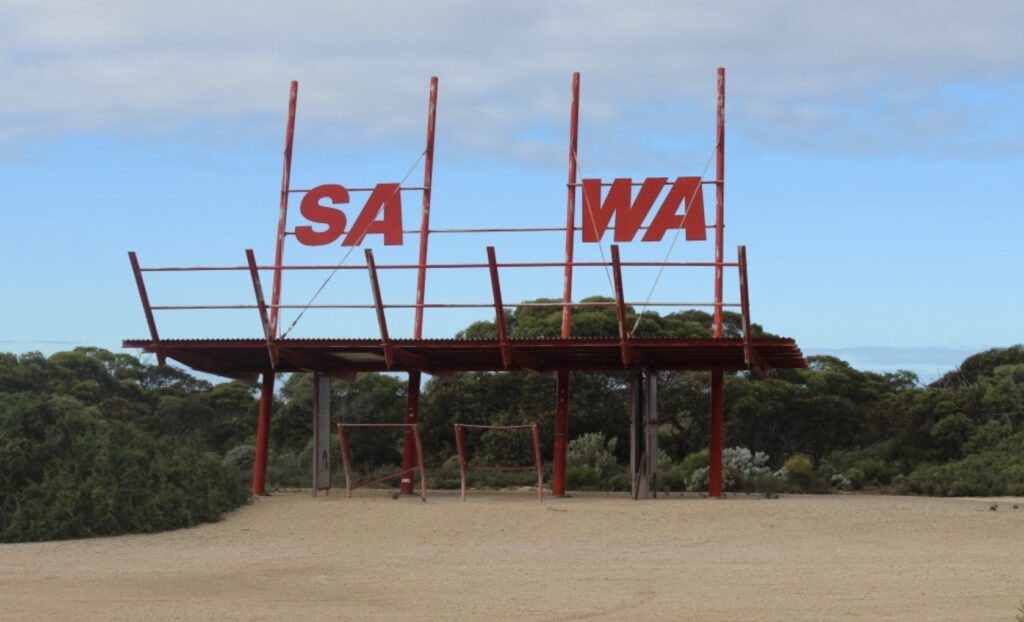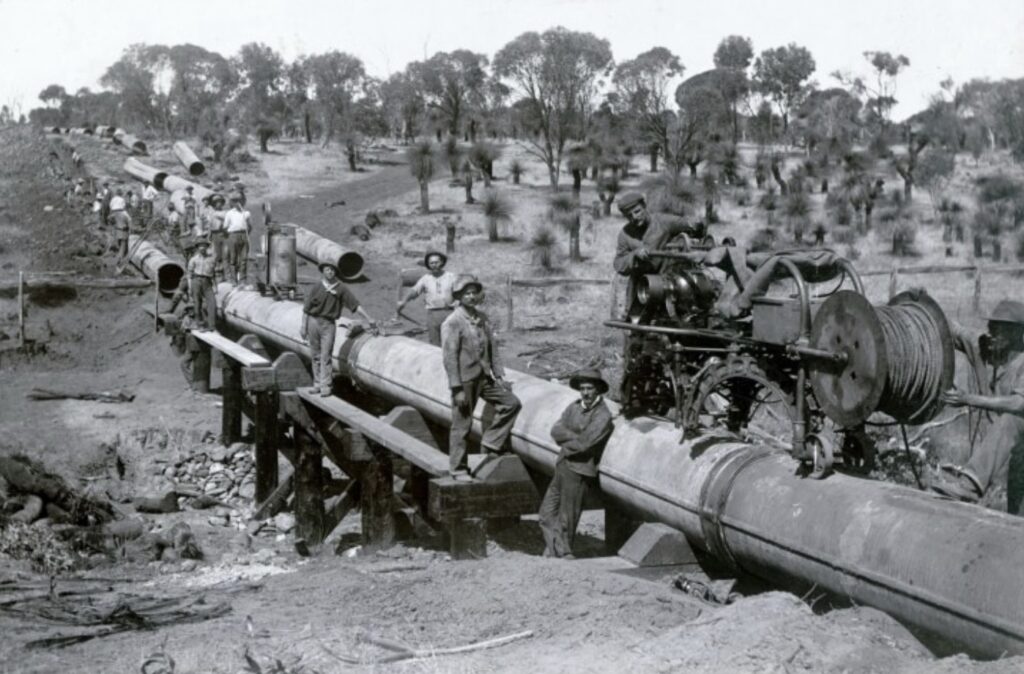London
How the Hampshire Hills became a sea of yellow
Gorse was brought to Tasmania in the early 1800s. Its principal use was as an ornamental hedge by settlers hoping to replicate the paddocks of England. The Reverend Knopwood purchased some English gorse at New Town, near Hobart in 1815. Writer, Louisa Anne Meredith, noted the widespread use of gorse for hedges on the east coast by 1841.… Read more
The cable cutters
“I’ll put a girdle ‘round the earth in forty minutes”
William Shakespeare’s A Midsummer Night’s Dream
While travelling around the country, I came across yet another little-known wartime story which again highlights the heroics of Australians. This time it involves midget submarines and divers cutting underwater telegraph cables to thwart the Japanese communication efforts towards the end of World War II.… Read more
A town that lived off the rabbit’s back
“There was not much money anywhere and if you saw a rabbit, that was money. If you could get him, it was a bit of silver in your pocket”. Max Weber
The rabbit comes to Australia
Queensland, like other states, has suffered damage from several introduced pests, particularly prickly pear and the cane toad.… Read more
The pastoralist’s scourge
While researching for my book “Fires, Farms and Forests”, I came across quite a few caterpillar references in the correspondence of the Chief Agents of the Van Diemen’s Land Company (VDL Co.). The caterpillars were killing off improved pastures planted after clearing or logging and scrubbing operations.
The caterpillar problem was not unique to the VDL Co.… Read more
The pitfalls of having a border follow a celestial line
Introduction
The South Australian portion of the Nullarbor Plain was part of New South Wales. The reason can be explained by examining the stories behind the development of each of the state borders since colonisation. This blog will initially focus on the creation of the Western Australian, South Australian and Northern Territory border, which is now on the 129 Degrees East longitude (1290E) but was initially further east.… Read more
Liquid gold and the Goldfields Pipeline
The discovery of gold in Western Australia’s eastern interior in the 1890s was telegraphed around the world. People flocked to the new fields in the arid interior of the colony. While the focus was on making a fortune from the gold, there was hardly any precious, clean water, and very soon, many people were more interested in water than gold to survive.… Read more
